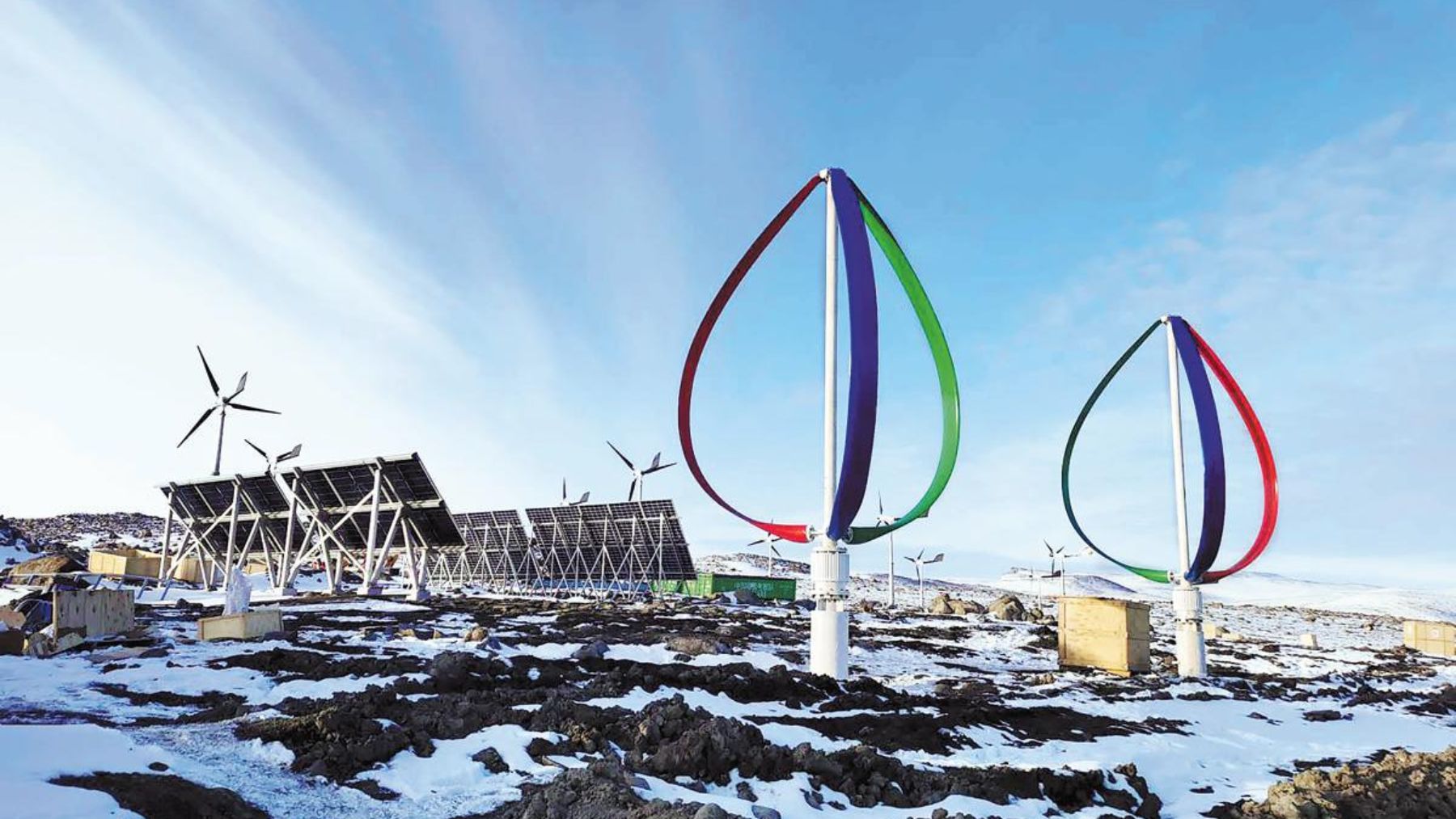China's Pioneering Hybrid Power System in Antarctica
Key Ideas
- China's Qinling Station in Antarctica has launched a hybrid power system integrating solar, wind, and hydrogen power along with energy storage, reducing fossil fuel usage by over 100 tonnes annually.
- The system can provide 60% of the station's power from renewable sources, with hydrogen supplying power for up to 14 days during polar nights, showcasing China's commitment to greener polar research.
- Lab simulations and real-environment tests were crucial in developing the project, which replicates harsh Antarctic conditions, leading to cost savings and protection for Antarctica's ecosystem.
- Future plans include expanding the project to other polar stations and adapting it for harsh environments globally, with potential applications on the moon and Mars, driving an energy revolution.
China has unveiled a groundbreaking hybrid power system at its fifth Antarctic research station on Inexpressible Island. The system integrates solar, wind, and hydrogen power along with energy storage, significantly reducing fossil fuel usage. This innovative project, spearheaded by the Qinling Station, showcases China's dedication to sustainable polar research. The station, designed in the shape of the Southern Cross constellation, features two distinctive towers housing wind turbines that can operate on ice caps. The hybrid system provides most of the station's power from renewable sources and ensures continuous power during polar nights using stored hydrogen. Despite challenges such as cold-resistant technology for hydrogen fuel cells, the project's success marks a significant step towards cleaner energy usage in Antarctica. Lab simulations and rigorous testing have been vital in simulating Antarctic conditions and optimizing the system for efficiency. China's ambitious plans involve expanding the project to other polar stations and adapting it for extreme environments globally. Sun Hongbin, a key figure in the project, envisions broader applications of this technology on the moon and Mars, driving an energy revolution. The project not only demonstrates technological prowess but also highlights the importance of sustainable energy solutions for preserving delicate ecosystems.
Topics
Power
Renewable Energy
Clean Energy
Environmental Sustainability
Technology Breakthroughs
Antarctica
Research Station
Latest News
